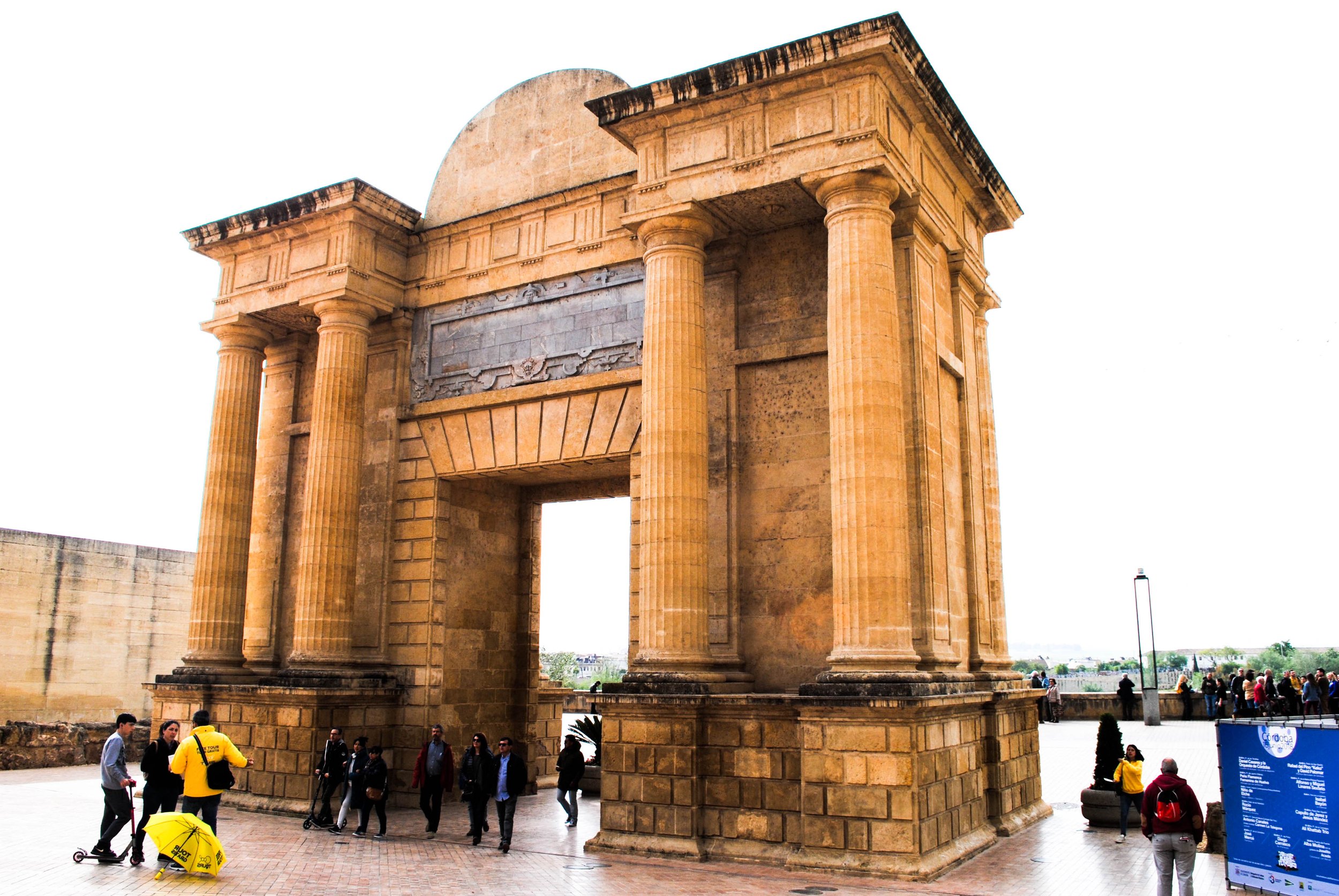The Roman bridge of Córdoba is a bridge in the historic centre and is now a World Heritage site designated solely for pedestrians. With its history dating back to the early 1st century, the current bridge is the result of many reconstructions, including the latest in 2006.
Read MoreThe Romans have indeed been everywhere. This particular set of ruins was discovered in the 1950s when City Hall was under expansion. It’s perhaps not the only ruins in existence, but the excavation unearthed a relatively intact structure.
Read MorePalacio de Viana or Viana Palace is a now museum whose name originates from its last owner, the Marquisate of Viana. It boasts lush gardens, intricate stonework in the twelve courtyards, and well-kept historical rooms. Visitors can take a self-guided tour following their leaflet or opt for a guided tour.
Read MoreCórdoba is a city in Andalusia, Spain. It has seen Roman, Visigoth, and Muslim and Christian conquests. It’s a city steeped with history and mixed influences. Home to prominent Moorish architecture, the historic walled center has been named a UNESCO World Heritage site.
Read MoreA stroll through Seville’s winding streets, with narrow walkways and high walls makes the average tourist feel like a rat stuck in a maze. Every turn leads to a new plaza and new visual delights and sometimes dead ends with gorgeous entryways. Like most older European cities, the streets are narrow but pedestrians can access most anywhere.
Read MoreThe Cathedral de Sevilla (Catedral de Santa María de la Sede) or Seville Cathedral is considered by UNESCO to be a world heritage site and is considered the largest cathedral in the world. This cathedral has held services for the royals of Spain since its completion in the early 16th century.
Read MoreLas Setas de Sevilla or The Metropol Parasol, also known as Mushrooms of the Incarnation, is a wooden structure held up by two concrete columns located in the central Plaza de la Encarnación. With layers of depth and wonders to discover, this plaza is one of the most unique in Seville. A mix of modernity with the preservation of its storied past.
Read MoreShaped in a half-moon, the Plaza de España (Spain Square) is breathtakingly intricate with a canal, forty-eight alcoves with benches, murals, and maps for each province of Spain, a fountain, and four bridges for the four ancient kingdoms of Spain.
Read MorePark Güell is this magical wonderland of whimsical architecture, complete with colorful mosaics, detailed tiles, and odd shapes. The same Antoni Gaudí of Sagrada Familia fame also designed this masterpiece, which served as a public park. Located atop a hill, the park boasts panoramic views of Barcelona.
Read More







